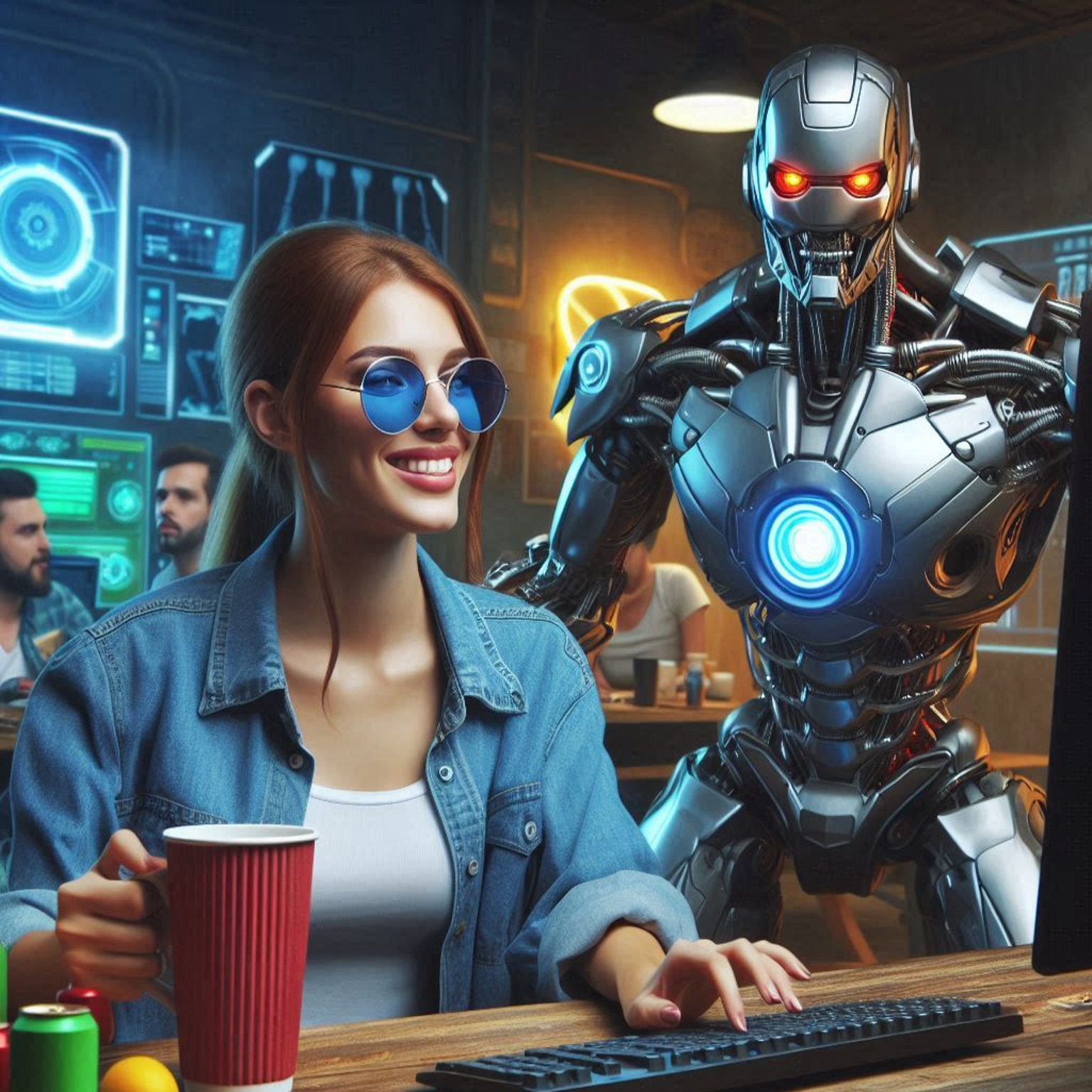Physics engines are a big part of how video games are made today. They help to create realistic movements and make the game world feel real. A physics engine is a software component that simulates physical systems, like how objects fall, bounce, or collide with each other. This makes games more fun and exciting to play because everything reacts like it would in the real world.
One of the coolest things about physics engines is that they let players interact with the game environment in interesting ways. For example, in a game where you can break objects, the physics engine makes sure that when you hit a wooden box, it splinters and falls apart instead of just disappearing. This adds to the excitement, as players can see the effects of their actions.
Games like “Grand Theft Auto” and “Fortnite” use advanced physics engines to create lifelike car crashes and realistic building destruction. These engines also help with animations, making characters move smoothly and react to the environment. Without physics engines, games would feel flat and uninteresting.
In short, physics engines are important for making video games enjoyable and immersive. They bring life to the games we play and help create memorable experiences. As technology keeps growing, we can expect physics engines to become even more advanced, allowing for even more amazing games in the future!
Glossary:
Physics Engine: A software tool that simulates physical laws to create realistic movements in games.
Simulation: The act of mimicking real-world processes to create a believable environment.
Collision: When two objects in a game come into contact with each other, often affecting their movement and behavior.
Animation: The process of making characters and objects move in a realistic way.
Immersive: A quality that makes a game feel real and engaging.
The Influence of Physics Engines in Modern Video Games
Physics engines are crucial components in video game development. They simulate real-world physical laws, making game environments more interactive and lifelike. This document explores the influence of physics engines in modern video games, their benefits, challenges, and various solutions to existing problems.
What is a Physics Engine?
A physics engine is a software component that provides the simulation of physical systems. It allows developers to create realistic movements, collisions, and responses between objects in a game. Some key terms associated with physics engines include:
- Collision Detection: The process of determining whether two or more objects in a game have collided.
- Rigid Body Dynamics: The simulation of solid objects that do not deform when forces are applied.
- Soft Body Dynamics: The simulation of objects that can deform and change shape, like jelly or cloth.
- Gravity: A force that pulls objects towards each other, giving them weight and affecting their movement.
Benefits of Physics Engines
There are several key benefits to using physics engines in video games:
- Realism: Physics engines create a more immersive experience by simulating real-world physics, making movements and interactions feel believable.
- Interactivity: Players can interact with environments in dynamic ways, such as knocking over objects or using physics to solve puzzles.
- Enhanced Gameplay: Physics-based mechanics can lead to innovative gameplay styles and challenges, improving the overall gaming experience.
Challenges in Implementing Physics Engines
Despite their advantages, physics engines come with challenges that developers must navigate:
- Performance Issues: Simulating physics can be computationally intense, which may affect game performance, especially in complex scenes.
- Realism vs. Fun: Sometimes, realistic physics may not lead to the best gameplay. Designers need to find a balance between realism and enjoyable mechanics.
- Bug Creation: Improperly implemented physics can lead to glitches or unrealistic behaviors, creating frustrating experiences for players.
Solutions to Physics Engine Challenges
Game developers have developed several strategies to address the challenges posed by physics engines:
| Performance Issues | Use of level of detail (LOD) techniques to reduce calculations for distant objects |
| Realism vs. Fun | Adjust physics parameters to suit gameplay rather than realism |
| Bug Creation | Extensive testing and debugging during the development phase |
Real-World Applications
Many popular video games integrate physics engines to enhance their gameplay:
“Physics engines like Havok and PhysX have been pivotal in creating the interactive worlds we see today, allowing players to experience environments in a way that feels both natural and exciting.”
Notable examples of games that effectively utilize physics engines include:
- Half-Life 2: Known for its use of the Havok engine to create realistic object interactions.
- Braid: A puzzle platformer that uses time manipulation tied to physics mechanics.
- Kerbal Space Program: A game that simulates space flight utilizing realistic orbital mechanics.
The Future of Physics Engines
The future of physics engines in video games looks promising. With advancements in technology, developers are working on more complex simulations that could include:
- Improved AI: Enhancing artificial intelligence to simulate more realistic behaviors.
- Better Hardware Utilization: Optimizing physics calculations to make better use of current and future gaming hardware.
- Integration with Virtual Reality (VR): Creating fully immersive environments where physics play a crucial role in the user experience.
In summary, physics engines have a profound impact on how players interact with video games. By simulating realistic movements and behaviors, they elevate the gaming experience, making it more engaging and enjoyable.
Q: What is a physics engine in video games?
A: A physics engine is a software component that simulates physical systems in a virtual environment. It accurately models how objects move, collide, and interact based on the laws of physics, providing realism and immersive experiences in video games.
Q: How do physics engines enhance gameplay?
A: Physics engines improve gameplay by making movements and interactions more realistic. Players can experience dynamic environments where objects respond logically to actions, such as items falling or breaking upon impact, enhancing immersion and engagement.
Q: Which popular physics engines are used in video games?
A: Some widely used physics engines include Havok, Unity’s built-in physics, Unreal Engine’s Chaos Physics, and NVIDIA PhysX. Each engine has its strengths and is chosen based on the specific needs of the game being developed.
Q: Do physics engines affect game performance?
A: Yes, physics engines can significantly impact game performance. More complex simulations require more processing power, which can affect frame rates. Developers must balance realism with performance to ensure smooth gameplay.
Q: Can a physics engine create realistic destructible environments?
A: Absolutely! Many modern physics engines support destructible environments, allowing players to interact with and alter their surroundings. This adds an extra layer of strategy and excitement to gameplay as players can create new paths or destroy obstacles.
Q: How do physics engines contribute to the development of virtual reality (VR) games?
A: In VR games, physics engines are crucial for creating an immersive experience. They enhance the sense of presence by ensuring that objects react naturally to the player’s movements and interactions, making the virtual world feel more believable.
Q: Are there any limitations to what physics engines can do?
A: Yes, physics engines have limitations. While they can simulate many physical interactions, they can struggle with highly complex or unpredictable scenarios. Developers often have to simplify physics calculations to maintain performance and reliability.
Q: How do developers choose the right physics engine for their game?
A: Developers consider several factors when selecting a physics engine, including the game genre, the level of realism required, compatibility with existing tools, performance needs, and available resources. Each project may demand a different approach.
Q: What role does community feedback play in the advancement of physics engines?
A: Community feedback is vital for the evolution of physics engines. Developers use player experiences and suggestions to identify areas for improvement and to introduce new features that enhance realism and gameplay mechanics.
Q: Are physics engines relevant only to action or adventure games?
A: No, physics engines are relevant across many genres, including puzzle games, simulation games, and even strategy titles. Any game that relies on realistic object interaction can benefit from a physics engine.










